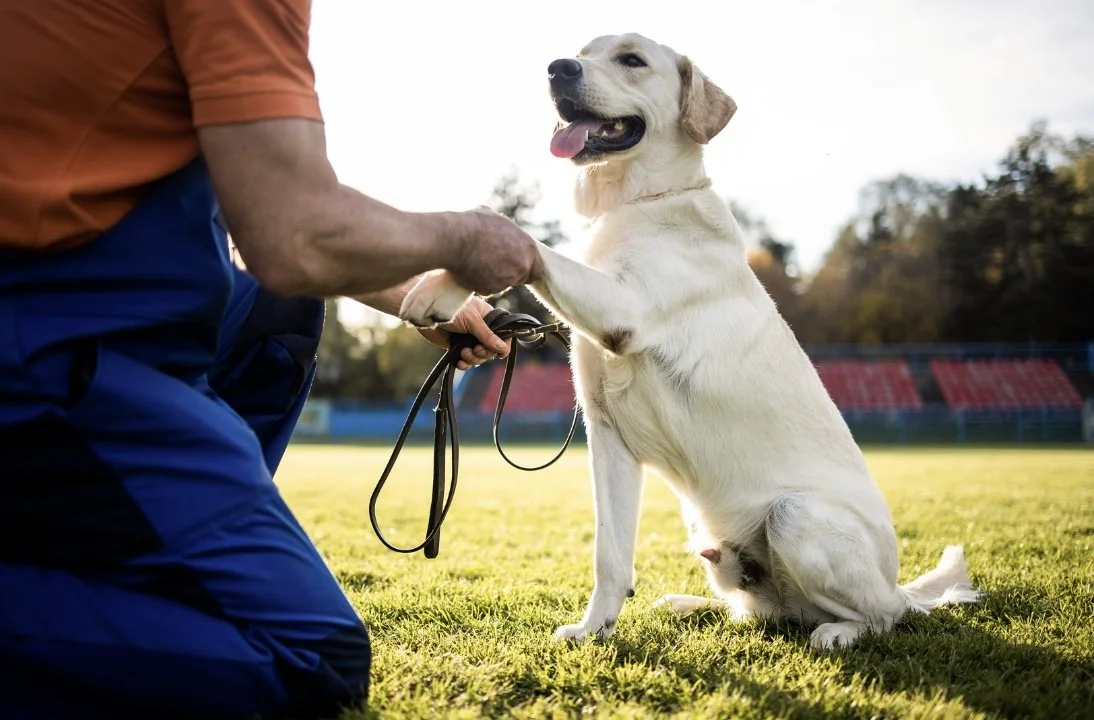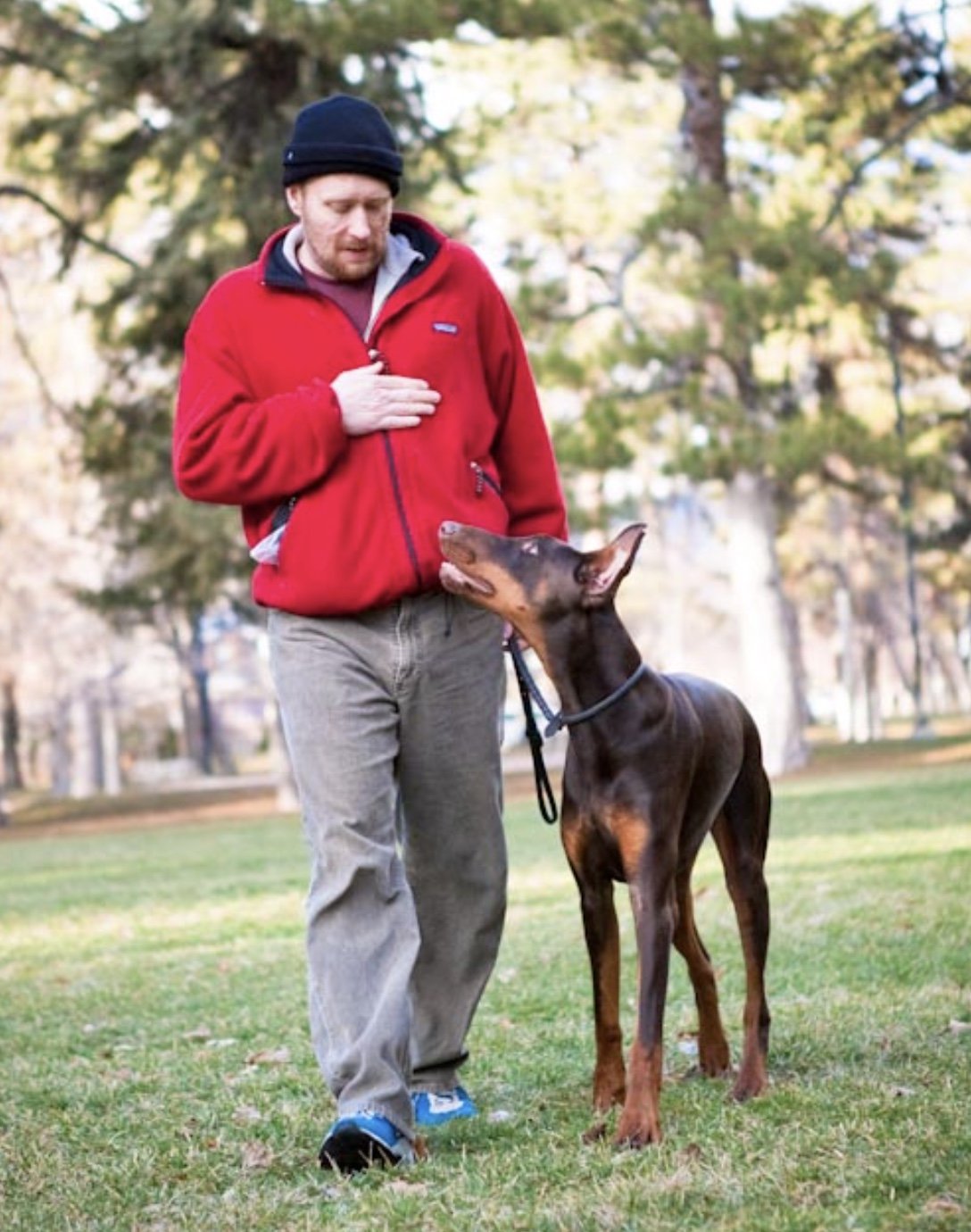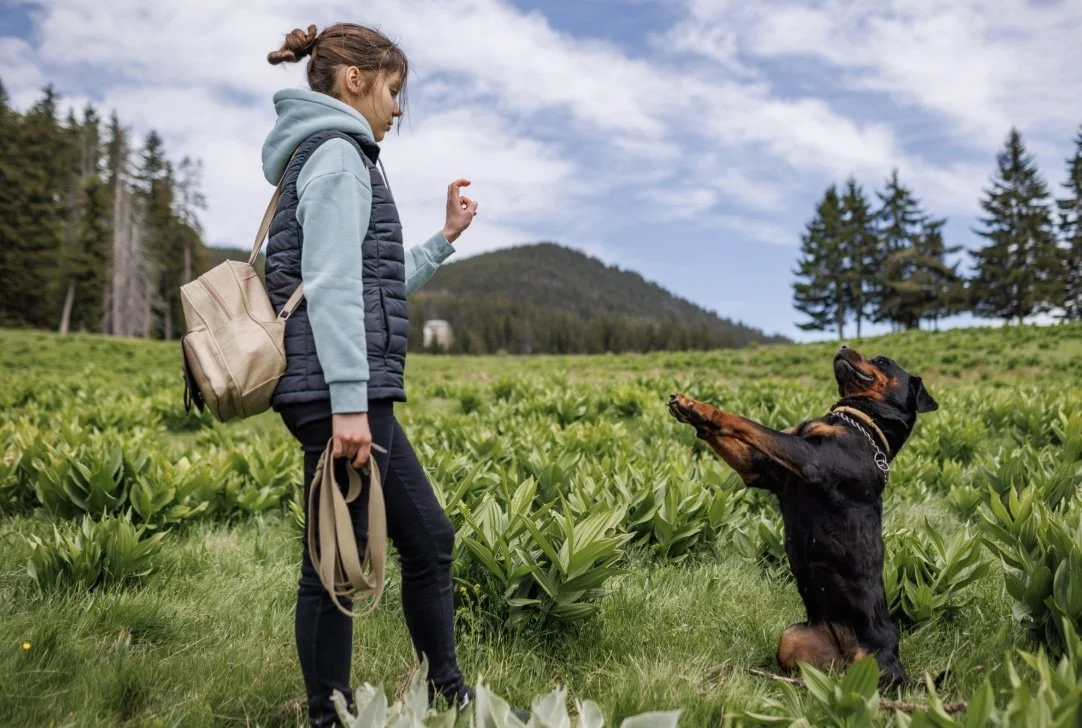Mastering Behavior Modification: Essential Strategies for Modern Dog Trainers
Forget quick fixes—true dog behavior modification demands strategy and grit. You’ve worked hard, but without the right training strategies, your progress stalls and your business won’t grow. This is where professional dog training meets real-world results. In this post, you’ll get the essential behavior modification tactics that top trainers use to stand out—and how our dog trainer certification at Western States K9 College equips you to master them.
Core Strategies for Success
Understanding the core strategies of dog training can set you on the path to success. These foundational tactics help you connect with the dogs you train, ensuring effective and lasting results.
Understanding Canine Behavior
To effectively train dogs, you must first understand why they behave the way they do. Dogs communicate through body language, and recognizing these signals is crucial. For instance, a wagging tail could mean happiness, but it could also signal anxiety. By observing these cues, you can tailor your approach, fostering a better connection.
Here's the key insight: Dogs thrive on consistency. When you maintain clear communication, they learn what to expect. This predictability builds trust and helps them feel secure. Most people think dogs understand words, but it's the tone and body language that speak volumes. Dive into resources like the Merck Vet Manual to expand your knowledge.
Remember, understanding a dog's behavior is not just about watching them—it's about listening with your eyes. You'll find that this skill is an invaluable part of your training toolkit.
Building Trust and Rapport
Building trust with dogs is like opening the gateway to effective training. Without trust, all efforts can seem futile. Dogs, like people, are more responsive when they feel safe and respected.
Start by being consistent in your actions. Dogs respond well to routines. As you engage with them, offer gentle verbal affirmations and thoughtful interactions that show you care. Over time, this approach leads to a stronger bond, where the dog feels comfortable and confident in your presence.
Most trainers assume dogs are automatically ready to learn, but patience is key. Establish trust first, and you'll see more willingness to engage. It's a two-way street—a relationship that grows stronger with each interaction.
When dogs trust you, they're more open to learning. This rapport is the foundation for all successful training endeavors.
Setting Realistic Goals
Setting achievable goals is crucial in dog training. Without clear targets, measuring progress becomes challenging. Begin by assessing each dog's unique abilities and temperament. This helps in creating a tailored plan that suits their specific needs.
Break down training objectives into manageable steps. For instance, teaching a command like "sit" can be segmented into smaller actions. Celebrate small victories along the way to keep motivation high for both you and the dog.
It's common to overestimate what can be achieved in a short period. However, realistic goals ensure steady progress without overwhelming your canine learner.
By setting clear, achievable milestones, you create a sense of accomplishment and pave the way for more complex training tasks in the future.
Implementing Effective Training Techniques
With a solid foundation in place, it's time to explore practical training techniques. These methods empower you to handle a variety of scenarios, ensuring effective behavior modification.
Positive Reinforcement Methods
Positive reinforcement is a game-changer in dog training. It involves rewarding desirable behavior, encouraging repetition. This method is not only effective but also strengthens the bond between you and the dog.
Consider using treats or praise as rewards. For instance, when a dog sits on command, immediately offer a treat or affectionate pat. This reinforces the behavior, making it more likely to occur again.
Here's the key insight: Consistency is vital. The reward should follow the behavior promptly. Many think scolding works, but positive reinforcement proves more successful in the long run.
Incorporating positive reinforcement in your training strategy creates a joyful learning environment where dogs are eager to participate.
Tailoring Techniques to Individual Dogs
Every dog is unique, and their training should reflect this individuality. Tailored techniques consider factors like breed, age, and past experiences, ensuring a personalized approach.
Begin by observing the dog's behavior and interactions. Use these insights to adjust your methods. For instance, a high-energy breed may require more physical activity during training sessions.
Most trainers stick to a one-size-fits-all approach, but dogs benefit from customized strategies. This tailored method not only enhances learning but also respects the dog's innate personality.
By recognizing and adapting to each dog's distinct traits, you create a more effective and rewarding training experience.
Overcoming Common Training Challenges
Training challenges are inevitable, but with the right strategies, you can overcome them. Common issues include distractions, stubbornness, and fearfulness. Addressing these hurdles requires patience and creativity.
Start by identifying the root cause of the challenge. For instance, if a dog is easily distracted, consider training in a quiet environment first, gradually introducing more distractions as they improve.
Here's the real insight: Persistence pays off. Many assume a quick fix exists, but dedication is the true solution. Resources like Performance K9 Training offer valuable tips for tackling these challenges.
By acknowledging and addressing these obstacles, you equip yourself with the tools to handle any training scenario effectively.
Growing Your Training Business
With effective training techniques mastered, it's time to focus on growing your business. These strategies will help you reach new clients and expand your professional reach.
Marketing Your Skills
Marketing is essential for any training business. It's how potential clients discover you. Start by highlighting your unique skills and the results you deliver. Use social media platforms to showcase success stories and client testimonials.
Develop a professional website that includes your training philosophy and contact information. Include engaging content that educates pet owners, establishing you as an expert in the field.
Most trainers rely solely on word-of-mouth, but a robust online presence can significantly increase your reach. Consider partnerships with local pet shops or veterinarians to further promote your services.
By effectively marketing your skills, you attract more clients and establish a solid reputation in the dog training community.
Building Client Relationships
Client relationships are the backbone of a successful training business. A satisfied client is not only a repeat customer but also a valuable source of referrals.
Communicate openly with clients about their goals and expectations. Provide regular updates on their dog's progress and be responsive to their concerns. This demonstrates your commitment and professionalism.
It's easy to focus solely on the dogs, but remember, the owners are your clients. Engaging them in the process builds trust and loyalty.
By nurturing these relationships, you create a network of advocates who are eager to recommend your services to others.
Continuing Education and Certification Opportunities
In a field as dynamic as dog training, ongoing education is vital. Staying updated with the latest methods ensures you remain competitive and effective.
Consider enrolling in advanced courses or attending workshops. Western States K9 College offers a range of opportunities for continued learning, helping you stay at the forefront of the industry.
Most assume initial certification is enough, but continuous education is where real growth happens. For resources, check out Insight K9 Solutions and Casper's Camp Hope.
By prioritizing ongoing education, you not only improve your skills but also boost your credibility, attracting more clients and opportunities.



